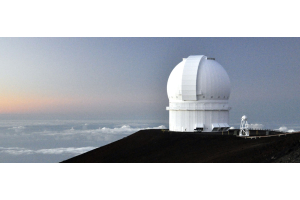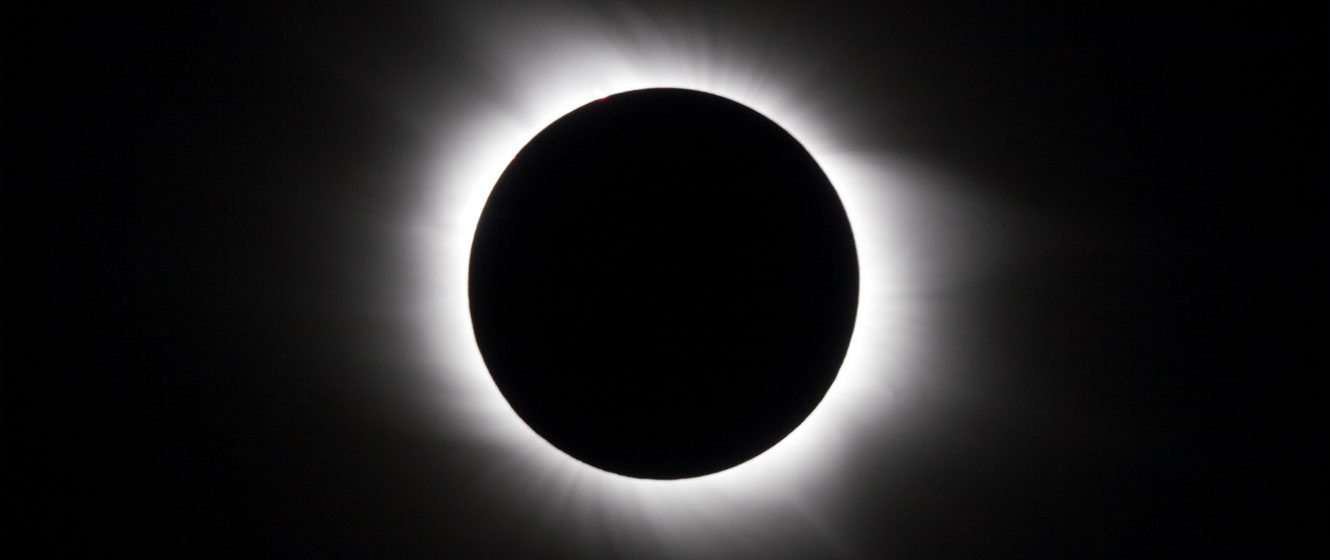
In this episode of What's in the Sky this Month, Teagan reviews some of the beautiful celestial objects you can see in the month of April!
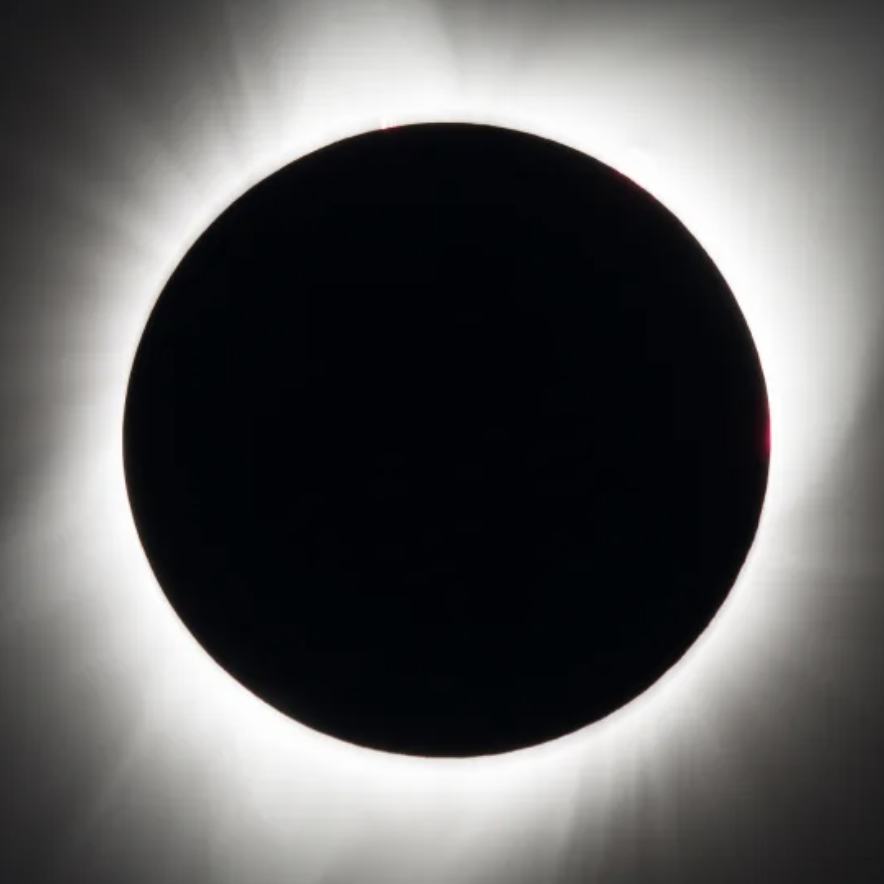
Image credit: Aubrey Gemignani/NASA
Total Solar Eclipse
For observers in the United States, the total solar eclipse of April 8th isn’t the event of the year; it’s the event of the decade. The path of totality begins in the south Pacific and first hits land on the western coast of Mexico. It’ll then head northeast before crossing into the US to the southwest of San Antonio, TX.
It will then pass over Austin, Killeen, Dallas & Fort Worth before moving into Arkansas and passing over Little Rock. Next, it’ll move through Missouri and then into Indiana and Ohio, where residents of Indianapolis, Dayton, northwest Columbus, Toledo, and Cleveland will also experience totality. Anyone living in Buffalo, Rochester, or Syracuse, NY, will also be in luck. The exact details will vary, depending on your location, so be sure to check online (for example, timeanddate.com) for specific information.
OUR NEAREST NEIGHBORS
Unfortunately, Venus and Neptune are lost within the glare of the Sun this month, but you might still be able to glimpse Mercury very low in the west shortly after sunset for the first week. Jupiter is also still clinging to the evening twilight but may prove to be challenging by the time May comes around. Take a look with binoculars at about an hour after sunset, and you may also be able to spot Uranus within the same field of view. The two will be closest on the 20th, but by that time the pair will be too close to the Sun for Uranus to be visible. Your last chance may come around the 10th, when a little under two degrees will separate them, with a crescent Moon to the upper right on the same date. In the morning sky, both Mars and Saturn are edging away from the Sun and can be seen shortly before sunrise throughout April. Like Jupiter and Uranus, they’re also within the same binocular field of view until the 19th, with the two being closest on the 10th and 11th. However, rise early on the 6th, and you’ll also see a crescent Moon, with all three appearing within the same binocular field of view. Lastly, the Moon turns new on April 8th, with the Pink Full Moon occurring on the 23rd.
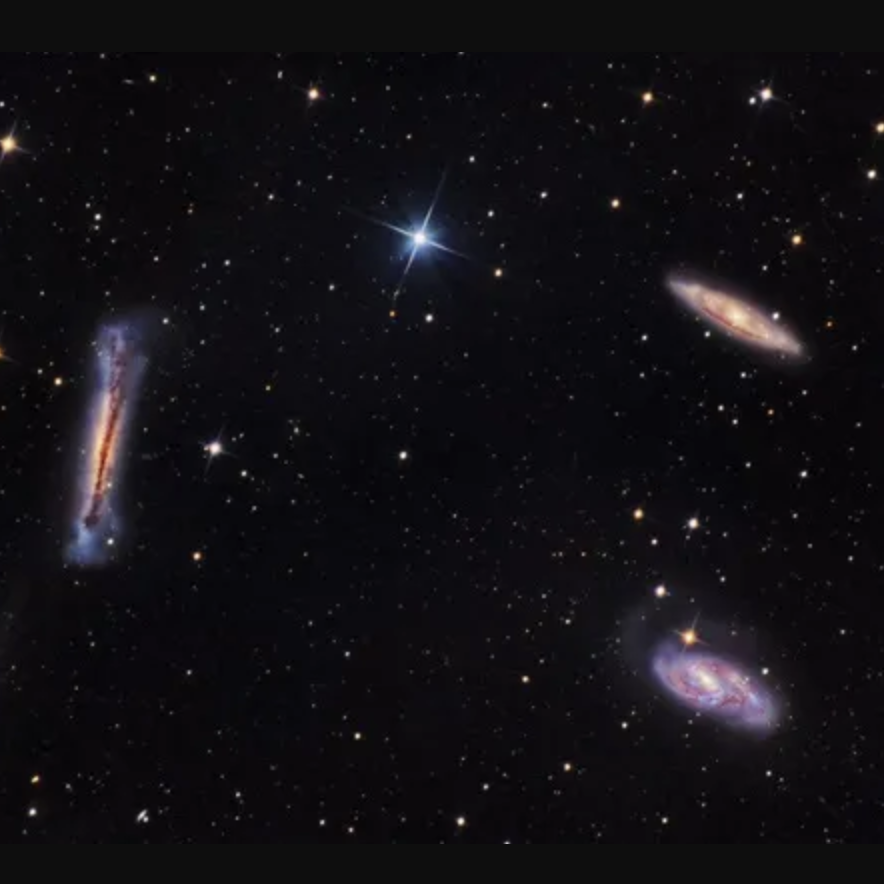
Image credit: Jared Bowens via Astronomy.com
Messier 65 & Messier 66
There’s an abundance of galaxies to be found in Leo, with Messier 65 & Messier 66 arguably being the two most popular. Both are easy targets for small telescopes and will fit into the same low-powered field of view. Be sure to look out for NGC 3628 just to the north.
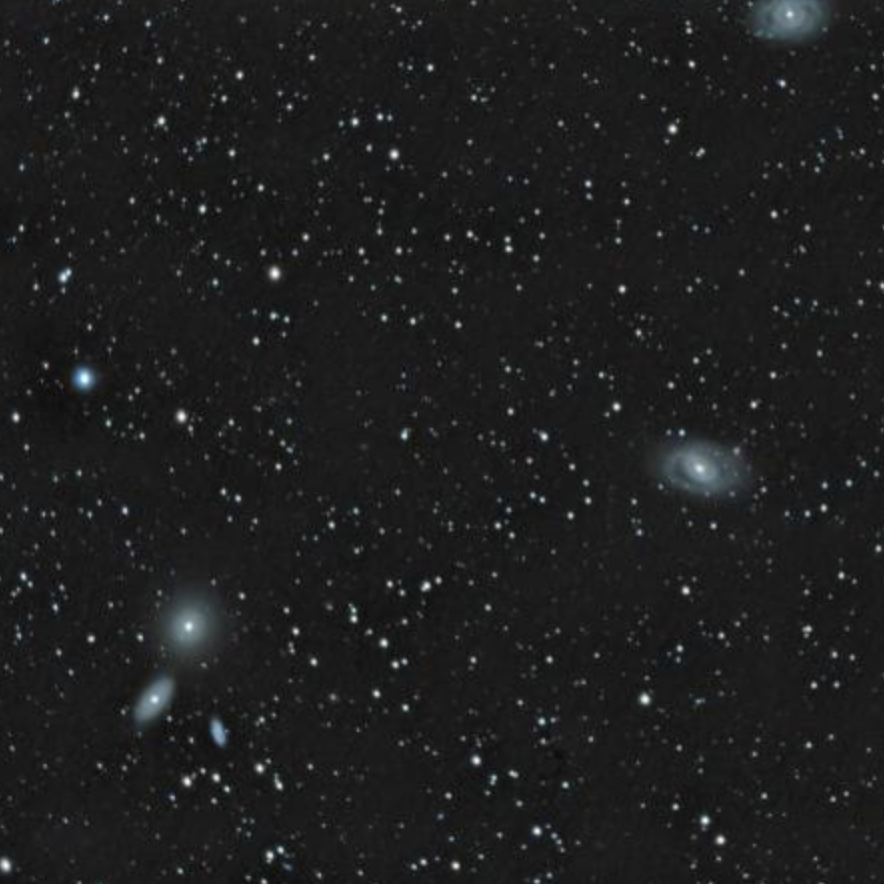
Image credit: @cfosterstars via CloudyNights.com
Messier 95 & Messier 96
Leo’s other famous galactic pair, Messier 95 and Messier 96 are about the same brightness as Messier 65 & Messier 66 and lie to the east, slightly more than two degrees south of k Leonis. Both are visible in small telescopes with both showing bright, stellar cores.
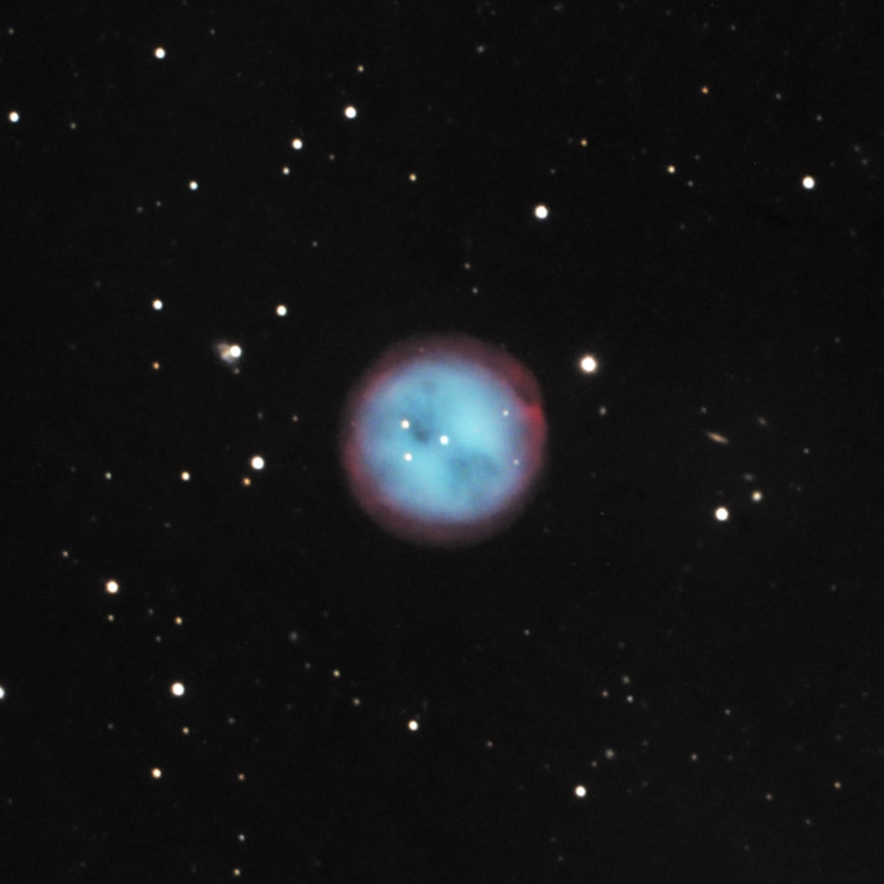
Image credit: Stargazer Observatory
Messier 97 - The Owl Nebula
Although located just two degrees from Merak in the Big Dipper, M97 can be a challenging target as its light is scattered over a comparatively large area. This makes it difficult to detect, and a large scope may be required to see the dark patches that give the nebula its name.
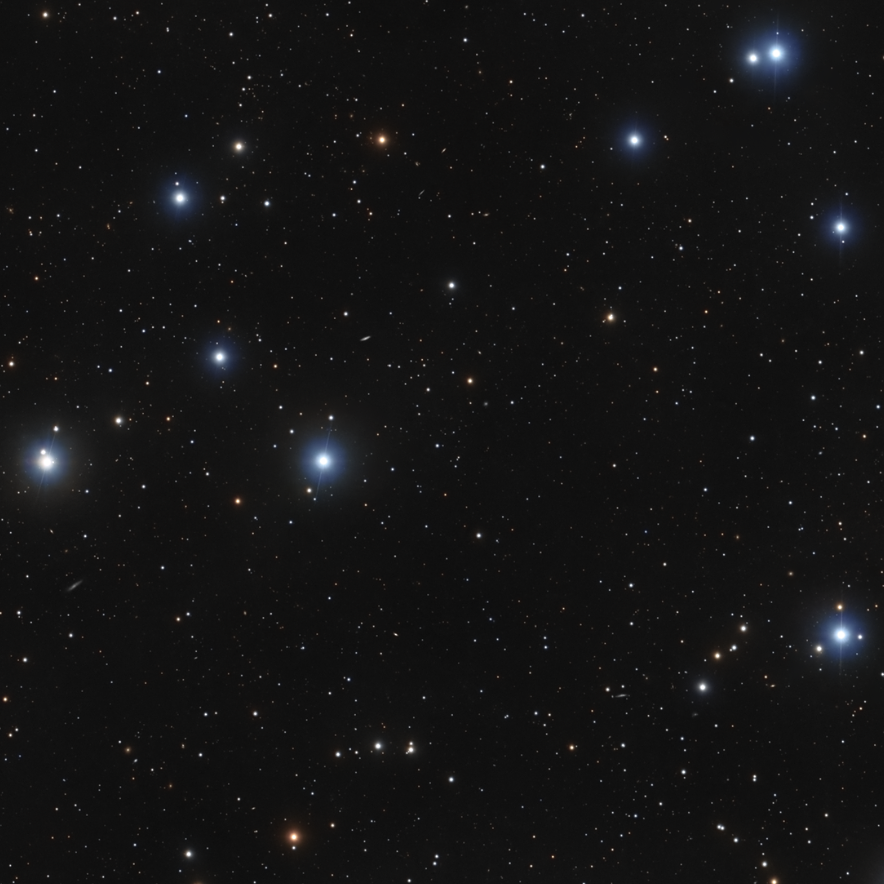
Image credit: Stefan "Harry" Thrun
Melotte 111 - The Coma Star Cluster
Under dark skies, you can see the Coma Star Cluster with the naked eye, but otherwise, it’s an easy and pleasant target for binoculars. Look roughly halfway between Cor Caroli in Canes Venatici and Denebola in Leo for a sparse scattering of stars.
STELLAR CONCEPTS
Conjunction: In broad terms, a conjunction occurs when two celestial objects pass one another in the sky. More accurately, it’s when those two objects share the same Right Ascension or ecliptic longitude, but amateur astronomers will often use the term to describe any situation where the two objects appear closest on any particular night.






